CREATIVE FINANCING LOANS
Innovative funding methods beyond standard banks.
CREATIVE FINANCING LOANS
Creative financing refers to innovative or unconventional methods of financing real estate transactions that go beyond traditional bank loans or standard mortgage products. It often involves used techniques like seller financing, lease options, subject-to arrangements, partnerships, or private money lenders.
How Real Estate Investors Use Creative Financing:
- Seller Financing: The seller acts as the lender, allowing the buyer to make payments over time.
- Lease Options: Renting the property with an option to buy later, providing flexibility and profit potential.
- Subject-to Deals: Buying a property while taking over the existing mortgage payments without formally assuming the loan.
- Partnerships: Collaborating with other investors to pool resources and share risks.
- Private Money Loans: Borrowing from individual private lenders instead of traditional financial institutions.
Advantages of Creative Financing:
- Lower or No Down Payment: Many techniques require little to no initial cash outlay.
- Faster Transactions: Easier and quicker approval processes compared to traditional loans.
- Flexible Terms: Allows tailored agreements that fit both the investor’s and seller’s needs.
- Less Stringent Qualification: Often bypasses strict credit requirements.
- Opportunity for Better Deals: Can acquire properties that might not qualify for traditional financing or in cases where banks decline.





Summary, Creative financing provides real estate investors with flexible, often low-cost ways to acquire properties and expand their portfolios, especially when traditional financing isn’t available. However, it involves complexities and risks that require thorough understanding and strategic planning.
Regarding tax benefits, borrowers loans may enjoy:
Annual Tax Deductions:
Mortgage interest payments on the loan are typically tax-deductible, reducing taxable income.
Depreciation Benefits:
The property can be depreciated over time, leading to annual deductions that improve cash flow and reduce tax liability.
Lowering Taxable Income
Many of your closing costs and interest paid on the loan could be used to lowering taxable income

